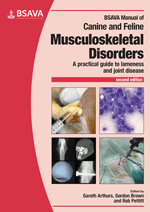
Full text loading...

To achieve the optimal outcome in cancer patients, an appreciation of the underlying natural history, biology, response to treatment and prognostic factors is required. Tumours of the musculoskeletal system are predominantly malignant sarcomas. This chapter covers primary tumours of bone, secondary/metastatic tumours of bone and tumours of soft tissues.
Tumours of the musculoskeletal system, Page 1 of 1
< Previous page | Next page > /docserver/preview/fulltext/10.22233/9781910443286/9781910443286.11-1.gif

Full text loading...
















